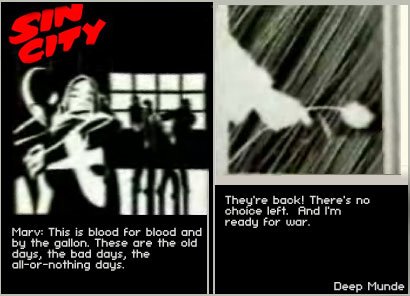'Visual Pleasure and Narrative Cinema'
1) 'Visual Pleasure and Narrative Cinema' written in 1973, published in 1975.
2) Based her work on conceptual analysis of classical Hollywood film texts rather than audience research
3) A typical audience member will identify, admire or aspire to the male protagonist.
4) The look from audience to Women are
a) 'fetishistic'- to be viewed excessively as sexual beings
b) 'voyeuristic' - viewed as virtuous and beautiful
5) Mirror Stage - The point at which a child views themselves in a mirror, understanding they are a separate being from their mother. A sense of narcissistic pleasure is found.
6) The original essay assumes that the film audience is a heterosexual male.
7) The original essay assumes that the film's protagonist is male.
8) Texts from 1930's to 1980's were used.
9) Scopophilia - The pleasure of watching what shouldn't be seen.
10) Narcissism - Excessive or erotic interest in the self.
11) Nouvelle Vague - French New Wave. A movement in French cinema which rejects the stereotypical way of doing things by employing experimental film making techniques.
How this applies to Film Noir, Neo Noir and Sin City
1) Fetishistic Gaze - Jessica Alba seems to be objectified and is used to be a fetish object.
2) Voyeuristic Gaze - A male audience member may admire one of the masculine protagonists.
There isn't too many links as 'Visual Pleasure and Narrative Cinema' was written in a sense of representation of women, and how men are dominant. This is somewhat irrelevant as my study is based on the thesis of a developed/developing genre.
"Does the neo-noir genre continue to follow the representations of the classic film noir genre, with particular reference to ‘Sin City’ (2005)"

Thursday 27 December 2007
Subscribe to:
Posts (Atom)